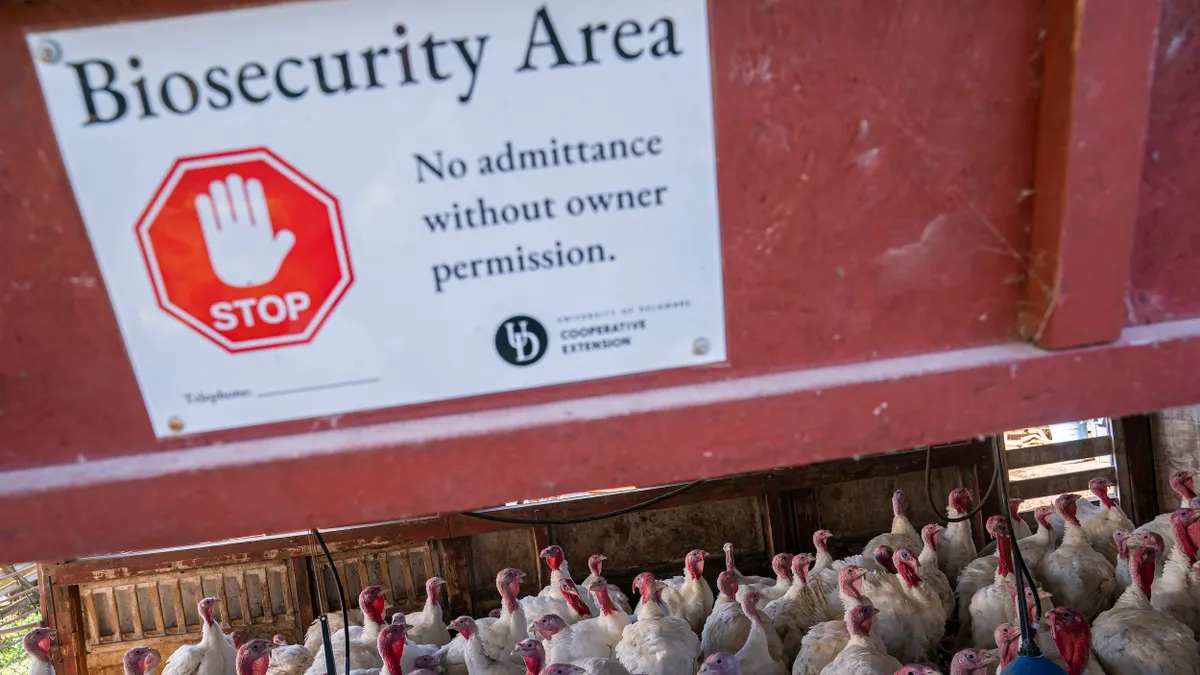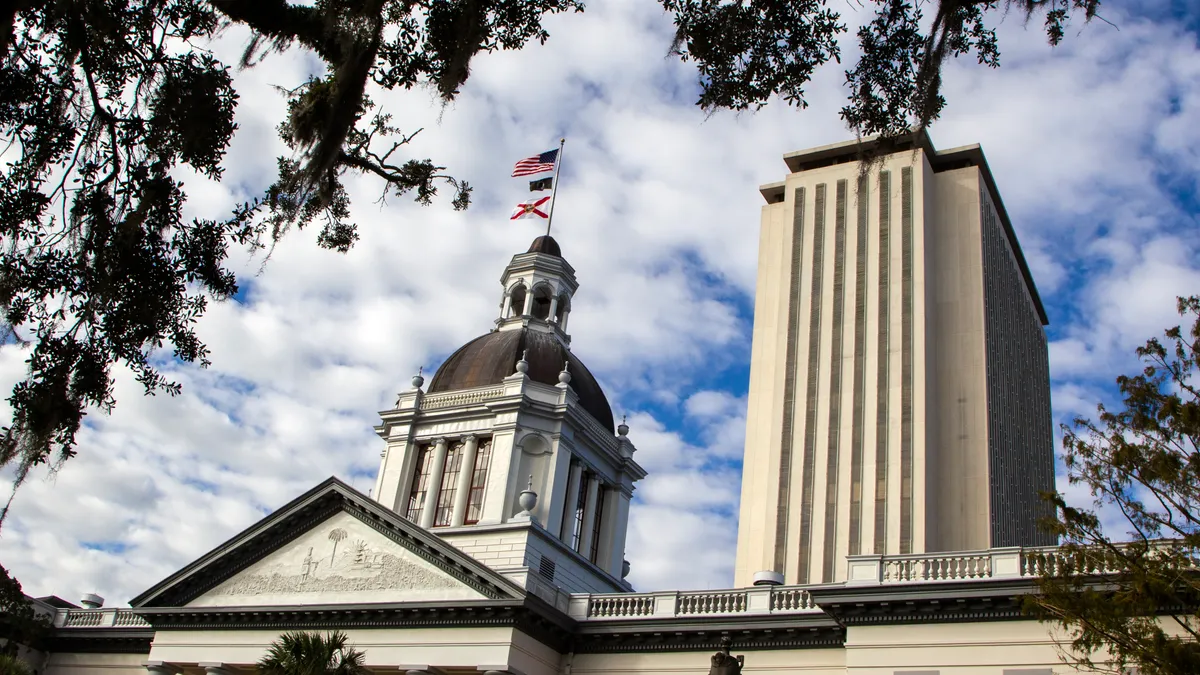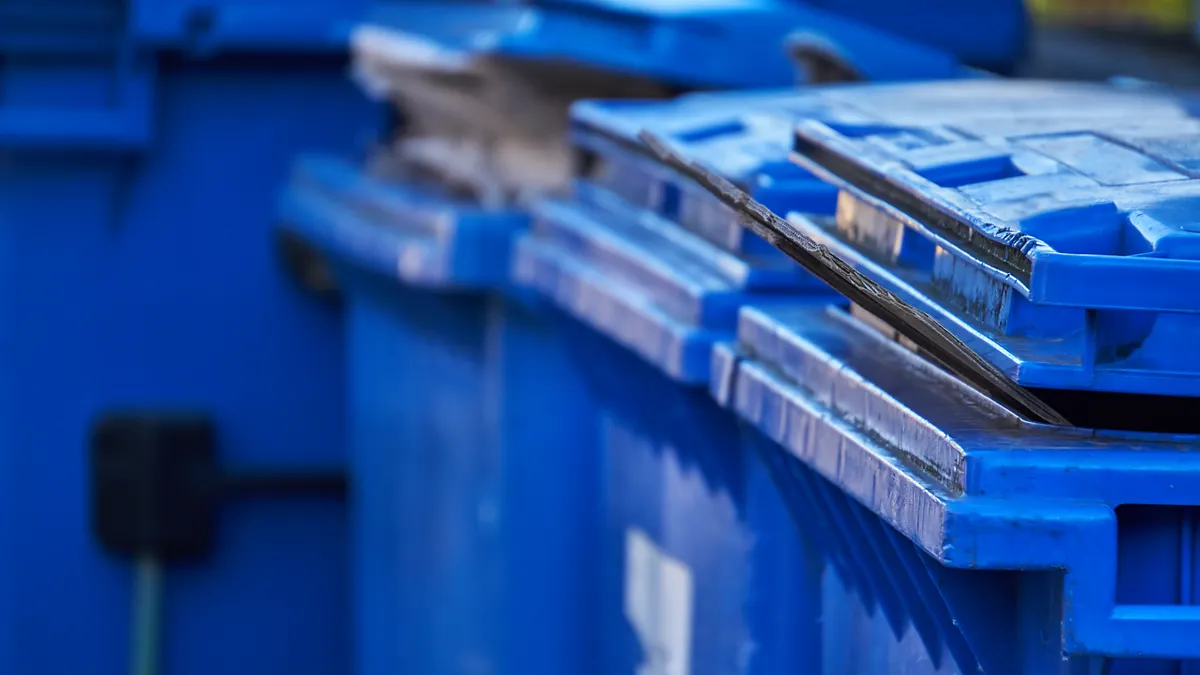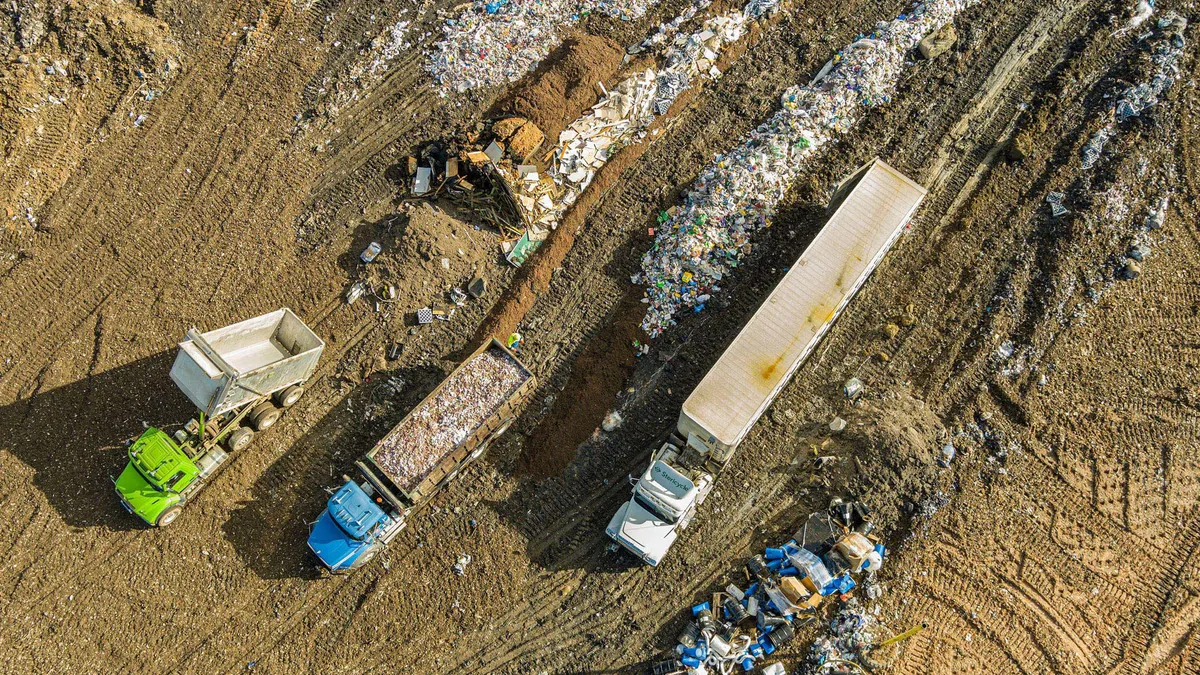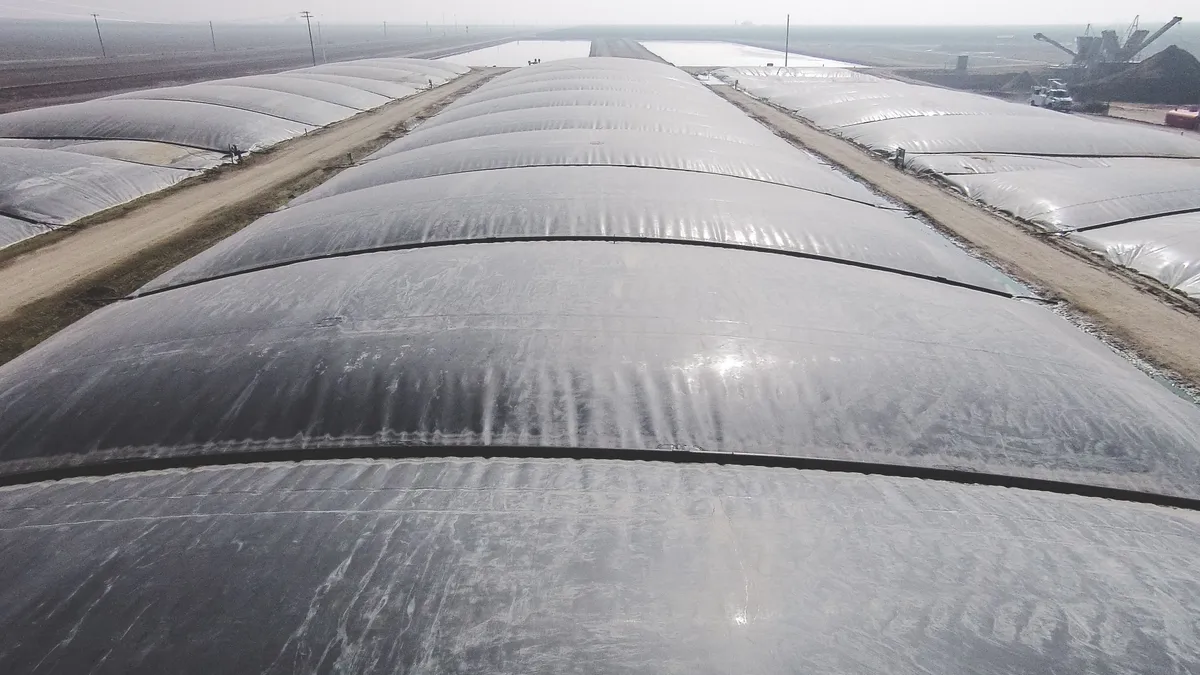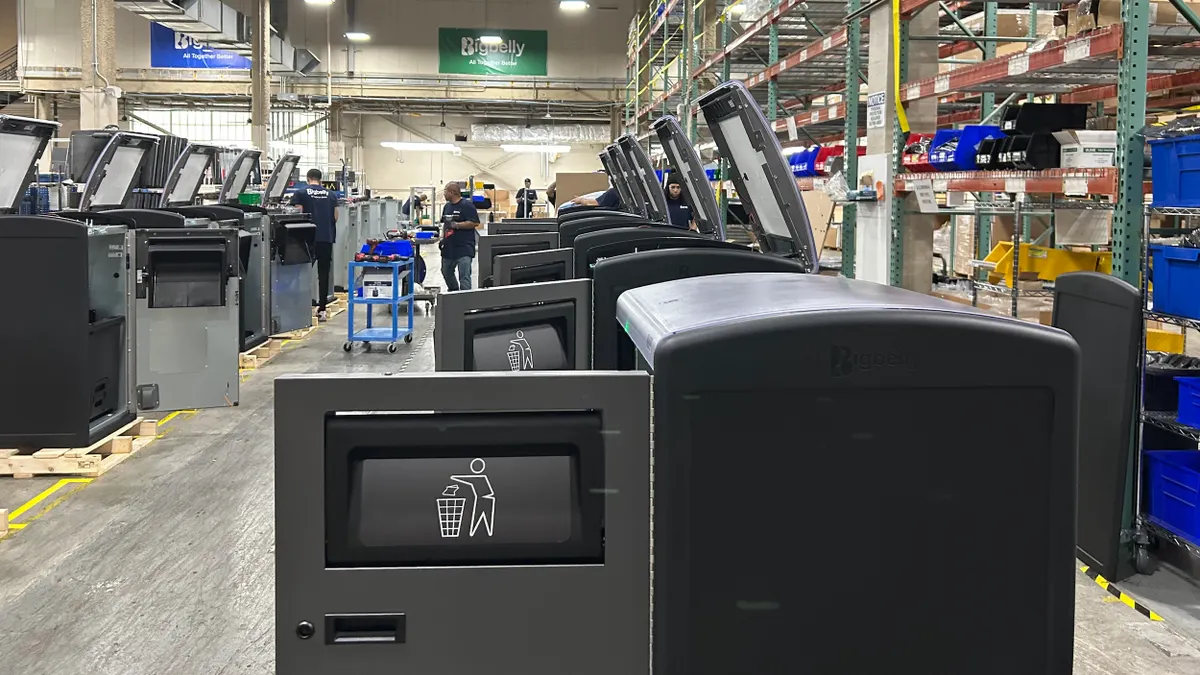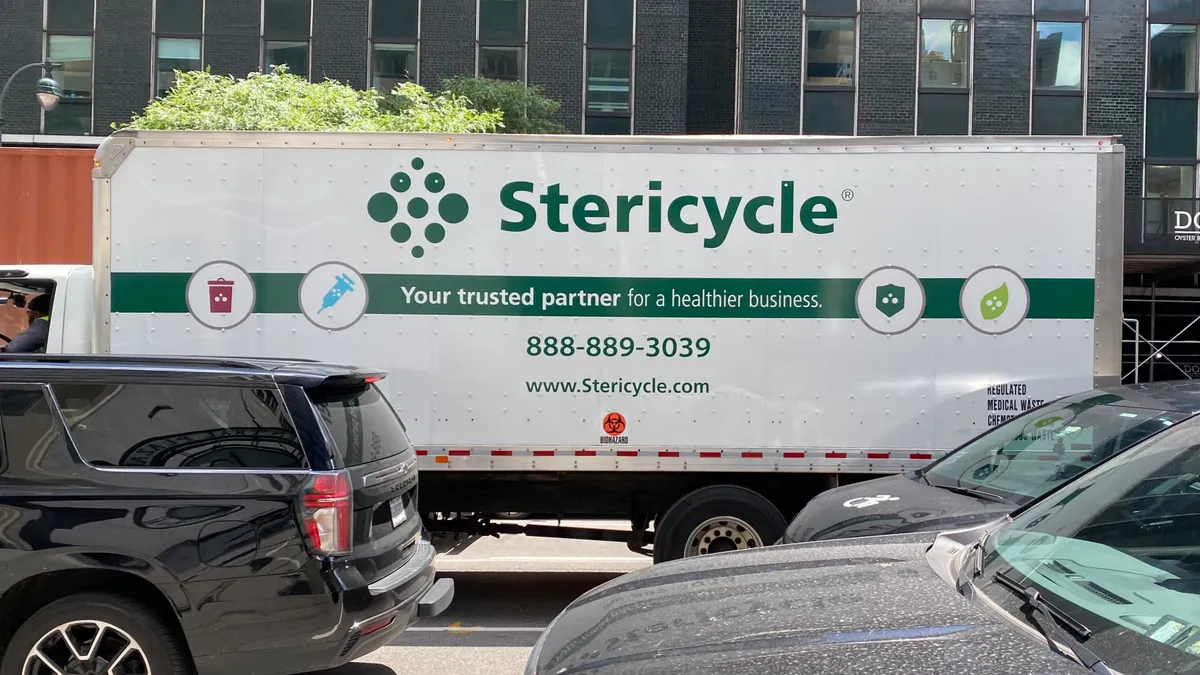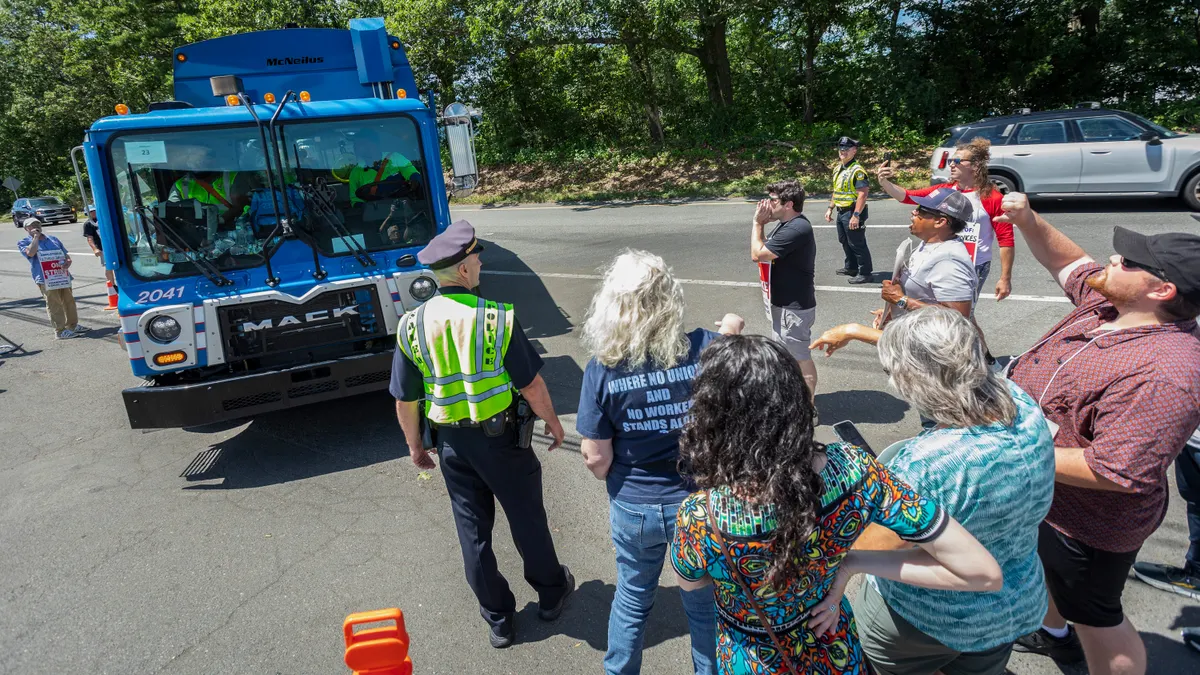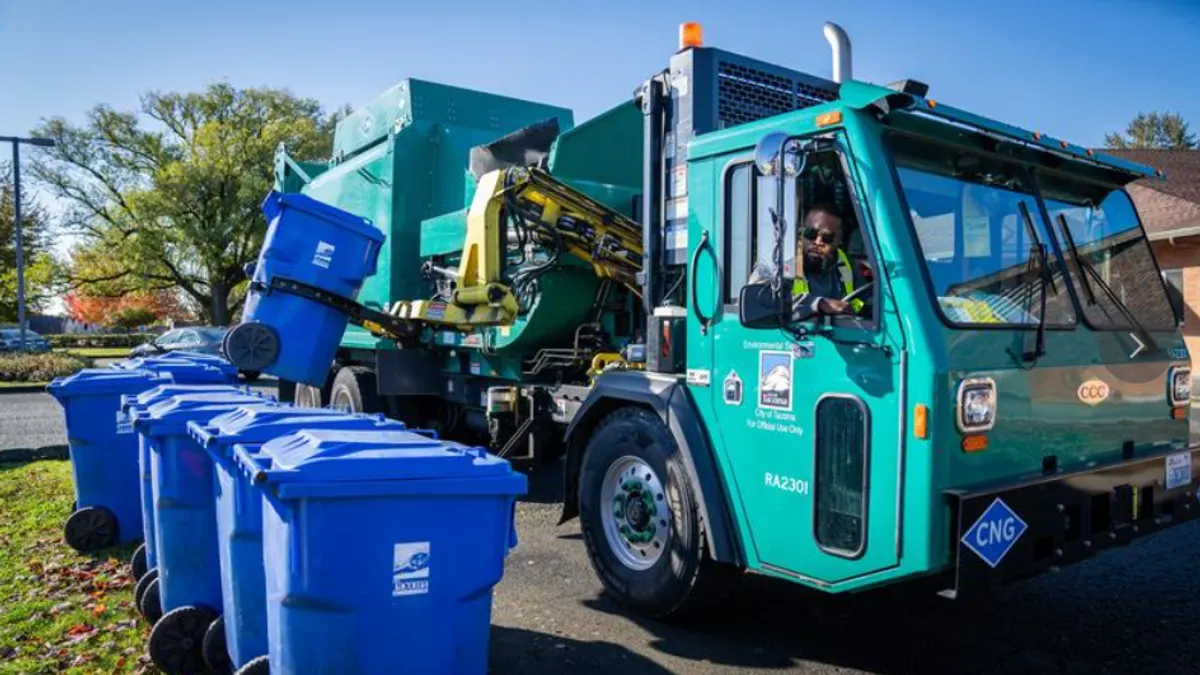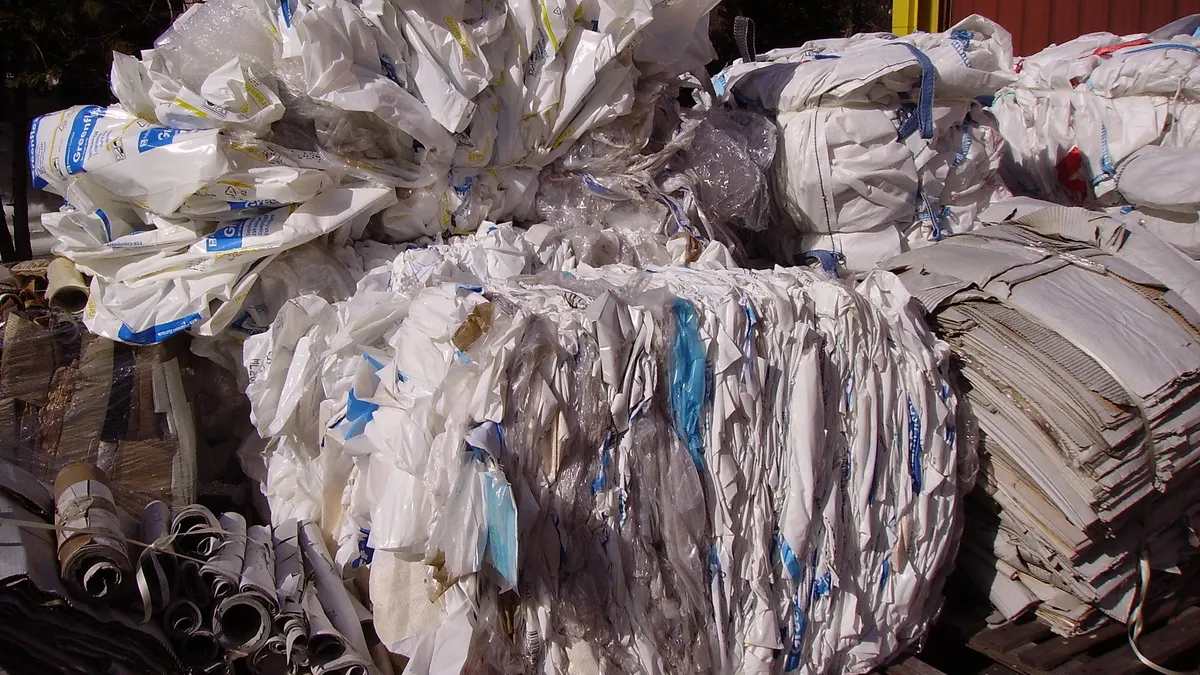Providing recycling access in British Columbia isn’t the easiest task, especially because numerous areas of the province — including some First Nations communities — are in remote regions only accessible by barge or dirt road.
To manage waste and recycling in these secluded areas, many First Nations communities already work with the Indigenous Zero Waste Technical Advisory Group, which offers waste management training as well as technical support and recycling hauling services.
Now, thanks to a new partnership agreement, IZWTAG will formally administer the First Nations Recycling Initiative. It’s an outreach and recycling program run by BC’s Stewardship Agencies of BC, a coalition of EPR organizations. The initiative raises awareness of BC's EPR programs and supports local collection and recycling events for EPR-eligible items like electronics, large appliances and household hazardous waste.
The partnership is meant to streamline and improve upon SABC’s First Nations outreach, because IZWTAG’s indigenous-led efforts are well-attuned to the needs of those diverse communities, said Craig Wisehart, an ambassador for SABC. Improving recycling access is a major priority in BC, the province with the most extensive list of extended producer responsibility programs in North America, he said.
“The synergy between these two groups are going to be really instrumental in bringing a much better service a lot more accessibility to more communities,” Wisehart said.
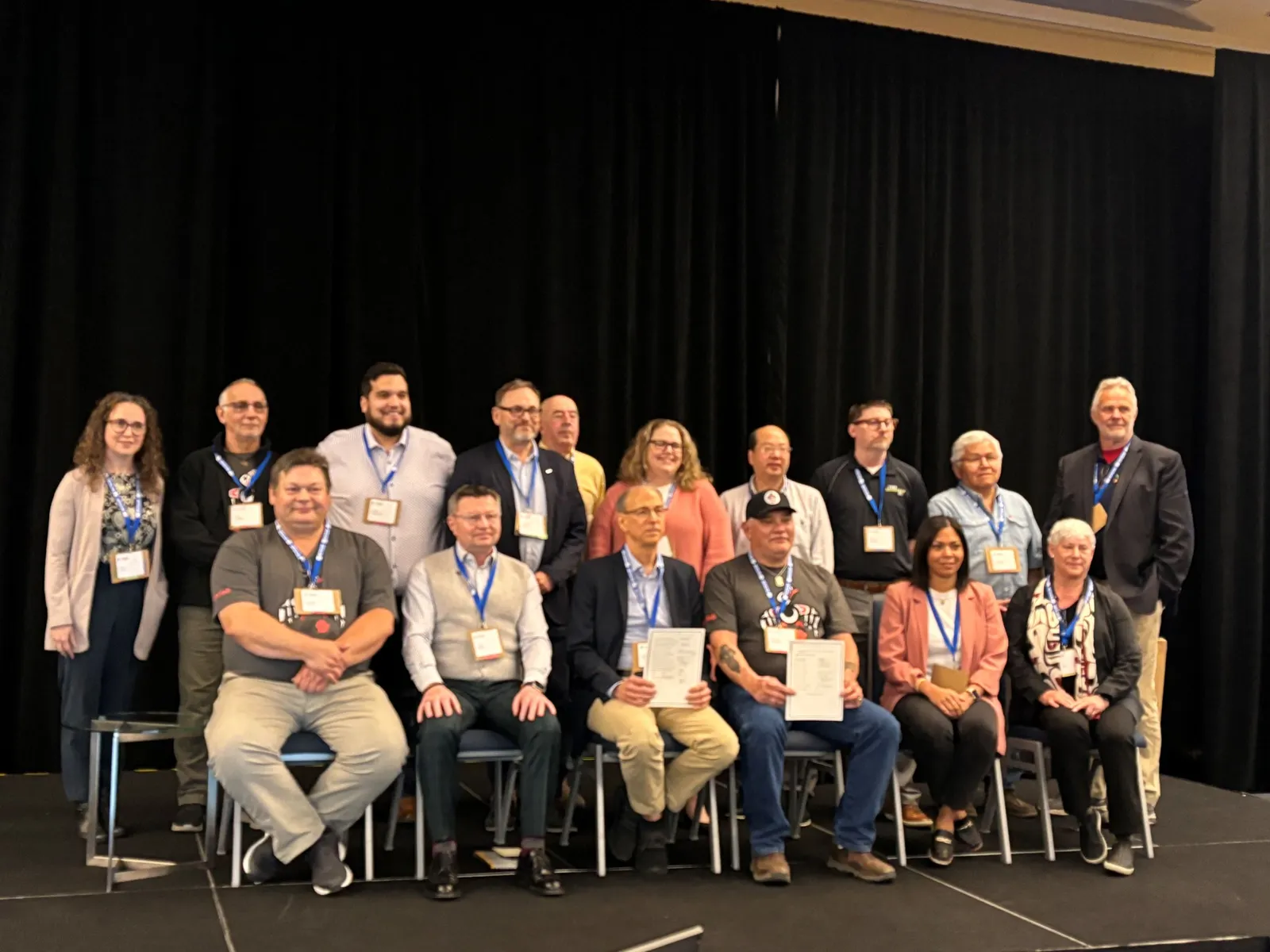
IZWTAG is a well-connected and well-respected group with strong recycling and zero waste training programs, he said. “They develop recycling champions within the community, which is important when you live in a community of maybe 300 people and may not have a solid waste coordinator,” Wisehart said.
Partnering with groups like SABC helps bolster IZWTAG’s ongoing sustainability efforts, said president Calvin Jameson. With limited access to transfer stations, recycling facilities and landfill capacity, “we want to get away from this solid waste stuff. We are totally zero waste,” Jameson said.
SABC will continue to focus on recycling logistics, as well as technical support for how to best recycle items eligible for EPR. “Logistics in these communities is often really expensive,” said Wisehart, who also serves as the executive director for the Electronic Products Recycling Association. If his organization wanted to go into an indigenous community to collect just electronic items, “it would cost a fortune. But if we collectively coordinate to pick up a [load] of not just electronics and appliances, but also things like tires and batteries, it’s a better deal.”
SABC’s First Nations Recycling Initiative started in 2017 with participation of eight of BC’s stewardship programs. It recently added the other five. “Now, with all 13 SABC member organizations involved, we can make it even easier for communities to recycle a wider range of items,” said SABC chair Jordan Best in a statement. That includes products like used oil and antifreeze, leftover paint, lead-acid batteries and some kinds of household hazardous waste.
EPR organizations in SABC include Call2Recycle Canada, Return-It, BC Brewers’ Recycled Container Collection Council, the Electronic Products Recycling Association, the Canadian Battery Association, Recycle BC and others.
Jameson, a member of the Lil’wat Nation and its public works superintendent, has long been involved in improving waste and recycling efforts for 200-plus First Nations communities in BC. Recycling programs are one piece of the puzzle, he said.
More than a decade ago, Jameson worked to close an unlined landfill he described as an “open garbage pit” where most of the Lil’wat Nation’s waste was going. “The bears were getting in, and people would light it on fire. The school and health center and the elder's complex were all nearby, and that really got to me,” he said. Jameson also worried about the garbage dump’s proximity to the nation’s aquifer. “I thought, our children won’t have drinking water in 10 years.”
The landfill closed in 2012 and was replaced by a recycling and solid waste transfer depot. That experience helped spur Jameson’s continued involvement in creating or maintaining other indigenous-led waste infrastructure programs as part of IZWTAG.
IZWTAG focuses heavily on educating people in their own communities to get recycling and zero waste initiatives up and running. The organization also offers regular support through initiatives like the Circuit Riders, where IZWTAG members visit communities to help troubleshoot recycling and waste system operations and perform maintenance or needed repairs.
For some regions where ice and snow prevent larger trucks from accessing the community in winter months, IZWTAG might also bring a “mobile eco-depot,” a type of recycling system that sits on the back of a smaller pickup truck and allows for door-to-door recycling pickups.
Along with pursuing solutions for better recycling infrastructure, composting infrastructure and education is another major focus for IZWTAG right now, Jameson said. Newly adopted composting programs in the Haida Nation, located on the Haida Gwaii archipelago, and the Heiltsuk Nation located on the Central Coast of BC, are already diverting between 1,700 and 1,800 pounds a week, he said.
Along with recycling, “eliminating food waste is a very big thing in a lot of remote communities,” he said. “A lot of the First Nations are getting back to growing food and focusing on food sovereignty because the cost of food and everything needed to get it onto the remote islands is so high.”
This story first appeared in the Waste Dive: Recycling newsletter. Sign up for the weekly emails here.





